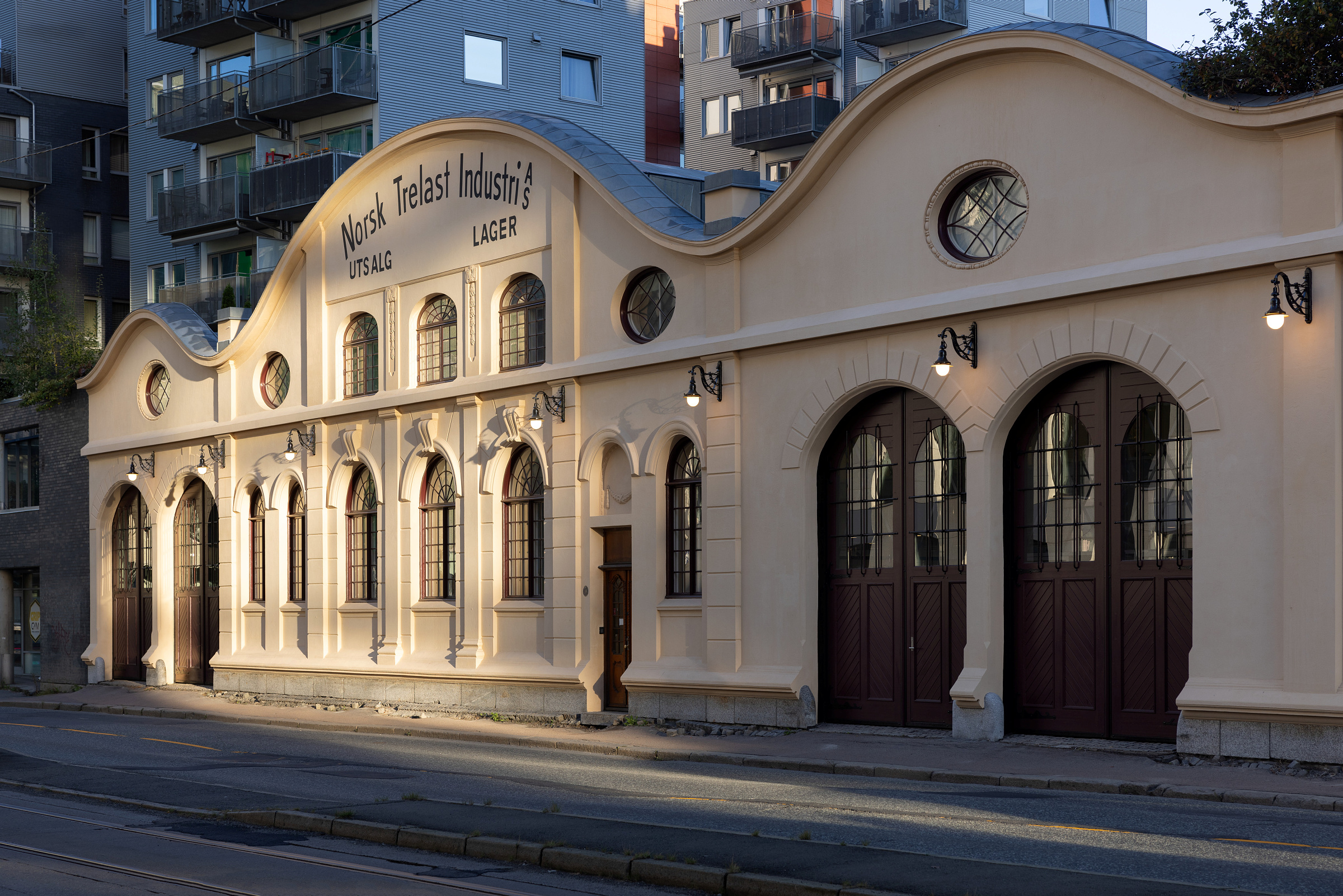Om Riksantikvaren
About the directorate for cultural heritage
The Directorate for Cultural Heritage was established in 1912. We are responsible for the management of cultural monuments, sites and environments, as well as historic landscapes in Norway. The Directorate for Cultural Heritage is a government agency and part of Norway’s environmental administration. Here you can read about the Directorate’s areas of responsibility.
The Directorate for Cultural Heritage is a government agency under the Ministry of Climate and Environment and serves as adviser to the Ministry on all matters relating to cultural monuments, sites and environments. The Directorate is the national authority for cultural environments and is responsible for implementing Norway’s national cultural environment policy. We are responsible for providing specialist advice to municipal authorities, county authorities, the Sámi Parliament, the Governor of Svalbard and the administrative museums.
We are the decision-making authority for protection orders and serve as the appeals body for decisions made by regional cultural environment authorities. In planning matters, the Directorate for Cultural Heritage has the right to raise formal objections.
Letter of allocation and instructions from the Ministry of Climate and Environment
Administration of cultural monuments, sites and environments
As a general rule, the county authorities are responsible for managing protected cultural monuments and sites, handling exemption applications, and safeguarding cultural heritage in land-use planning. The Directorate for Cultural Heritage is responsible for a selection of cultural monuments, sites and environments, including the medieval towns of Oslo, Tønsberg, Bergen and Trondheim, which are documented in a separate list.
The Directorate for Cultural Heritage is responsible for managing the cultural heritage assets associated with churches, with a particular responsibility for stave churches.
We develop strategies and are responsible for specific focus areas within the cultural environment sector. Our tasks also include providing guidance, developing expertise and working with key data on cultural monuments, sites and environments in public administration.
The Church Preservation Fund
The Directorate for Cultural Heritage is responsible for the programme secretariat for the Church Preservation Fund, together with the Confederation of Churches and Nonprofits (KA) and the Church of Norway (den Norske kirke). This is part of the government’s strategy to preserve churches of cultural and historical significance.
International cooperation
Our work also entails international cooperation on EEA and Norway Grants, research projects and World Heritage initiatives. Until 2022, Norway was a member of UNESCO’s World Heritage Committee. The Directorate for Cultural Heritage led the work of Norway’s delegation to the committee in close cooperation with the Ministry of Climate and Environment and the Norwegian Environment Agency.
The history of the Directorate for Cultural Heritage
The Directorate for Cultural Heritage was established on 15 November 1912. During its early decades, preservation efforts were shaped by the prevailing ideas of the time about what was considered worth preserving.
As far back as 1844, the Society for the Preservation of Ancient Norwegian Monuments was founded, which eventually evolved into the National Trust of Norway. Museums were also established to preserve antiquities.
In 1912, the Directorate for Cultural Heritage was established in its original guise as a separate office to manage the nation’s cultural heritage. This work was considered important and was eventually supported by legislation: the Protection and Preservation of Antiquities Act was introduced in 1905, followed by the Building Protection Act in 1920.

Preservation work through the ages
In the early decades, preservation efforts were shaped by the ideas of the time about what was considered worth preserving, and the protected monuments and sites were dominated by medieval ruins, stave churches, large farm estates, trading posts and similar. This has changed over time, and in recent years, preservation work has expanded to include cultural monuments and sites that reflect other aspects of Norway’s history, such as Sámi cultural monuments and sites, fish farmers’ homesteads, industrial workers’ homes, technical and industrial heritage, and many other types of cultural monuments and sites.
Municipal and county authorities
During the course of the 1960s, most county municipalities appointed county conservators, who in many ways functioned as an extension of the Directorate for Cultural Heritage. From the mid-1960s, the Planning and Building Act was extended to cover all municipalities in Norway. In practice, this meant that municipal authorities assumed primary responsibility for cultural heritage in their own municipality.
New legislation
In the 1970s, greater emphasis was placed on environmental concerns. The Ministry of the Environment was established in 1972 and was given responsibility for cultural heritage management. In 1978, the Cultural Heritage Act came into force, replacing the Protection and Preservation of Antiquities Act and the Building Protection Act.
The Directorate for Cultural Heritage in its new guise
The Directorate for Cultural Heritage was granted directorate status on 1 July 1988 and was delegated overall responsibility for expertise in cultural heritage management. This entails administrative, coordinating and implementation functions, and the Directorate also serves as a specialist adviser and prepares documentation and recommendations for the Ministry of Climate and Environment.
Director General of Cultural Heritage
Hanna Geiran was appointed Director General of the Directorate for Cultural Heritage on 26 October 2018. The position is for a fixed term of six years, and her position was renewed for 6 more years in 2024 . Geiran is a qualified architect and has worked in firms on various construction projects, including heritage rehabilitation. She has been employed at the Directorate since 2005 and was appointed section head in 2012. In 2014, she took up the post of head of the Cultural Heritage Department.
Directors of the directorate for cultural heritage in Norway
Hanna Geiran (2018–
Jørn Holme (2009– 2018)
Nils Marstein (1995–2009)
Øivind Lunde (1991–1995)
Stephan Tschudi-Madsen (1978– 1991)
Roar Hauglid (1958– 1978)
Arne Nygård-Nilssen (1946–1958)
Harry Fett (1913–1946)
Herman Major Schirmer (1912– 1913)

